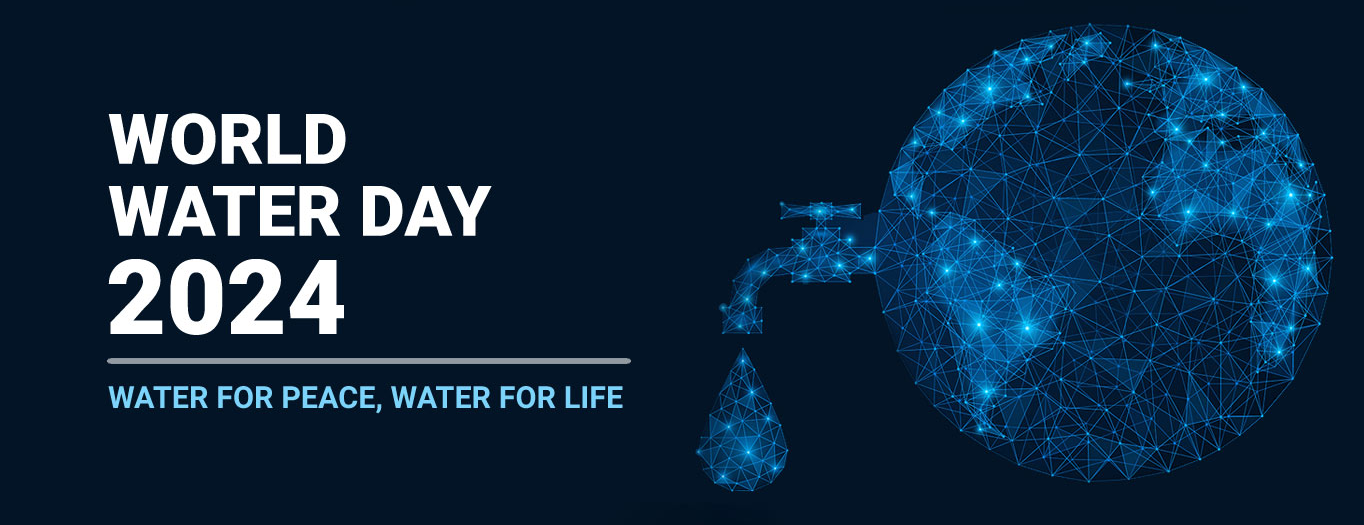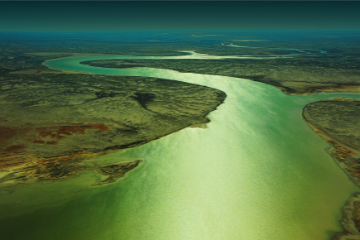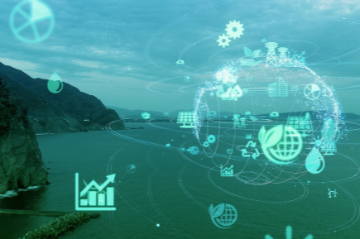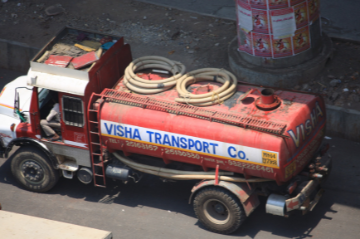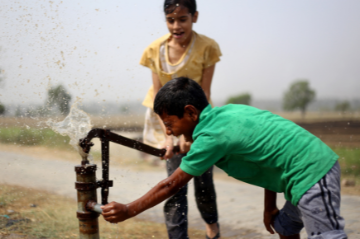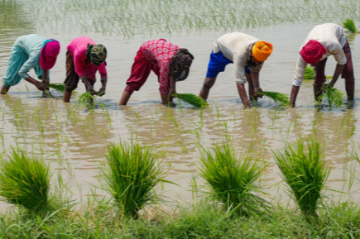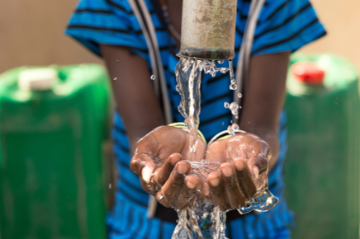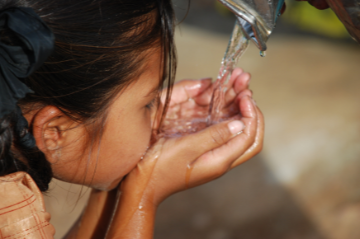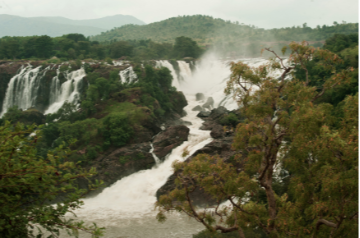Curated by Nilanjan Ghosh
Ever since 1993, World Water Day has been observed every year on 22 March under the patronage of the United Nations (UN) to highlight the importance of freshwater for human society and the natural ecosystem. Another important facet of World Water Day is the clarion call towards the civilisational pledge of achieving SDG 6 which talks of universal access to clean water and sanitation by 2030. The UN-Water decides on the theme for World Water Day every year. The chosen theme for 2024 is “Leveraging Water for Peace”. The implication of this observance is the strive to utilise water as a means to foster peace and resolve conflicts. This essay series of 11 articles is a tribute to that theme.
The first essay by Nilanjan Ghosh looks into the need to imbibe Integrated Water Resources Management (IWRM) as the guiding principle at the scale of a river basin. Vikrom Mathur’s piece reverberates the need for sustainable resource management through demand management and institutional mechanisms to promote “Water for Peace” by citing cases of the Indus Water Treaty and the droughts in the Kaveri basin. Renita D’Souza discusses the very important concern of water pricing—a mechanism that can act as an objective instrument for sustainable water management and conflict resolution. Soumya Bhowmick, in the same vein, talks about the demand-supply gap and brings up the discussion of water pricing and tariffs, especially in the Indian context. That brings us to a very important question: can market-based tariff mechanisms help in reducing the demand-supply gap and discover the scarcity value of water? Debosmita Sarkar’s article presents the interesting results of a study on the opportunity cost of the time spent by women in India on water procurement. Shoba Suri discusses a generic framework presenting the inextricable linkage between water and food security.
Water can be a social stressor, and climate change aggravates that. Aparna Roy and Kashmeera Patil talks about how better water data governance, management practices, and institutional mechanisms can help in combating the crisis of water stress posed by global warming and climate change. The Horn of Africa is facing one of the worst droughts only to be aggravated by the forces of global warming and climate change—this has led to conflicts at all levels and various scales, recounts Malancha Chakrabarty. On the flip side of it, Oommen Kurian brings about the health dimension in the water discourse and highlights the Indian success story of Har Ghar Jal or providing water access to every household as has been implemented through the Jal Jeevan Mission (JJM) by the government.
The interstate water conflicts in India are complex problems. Ambar Ghosh argues for consensus on inter-state river water disputes at the federal and electoral levels thereby calling for a multistakeholder dialogue across all levels. Basu Chandola talks about the water footprint or water consumption associated with emerging technologies like Artificial Intelligence (AI), Big Data, Blockchain and the Internet of Things (IoT).
Water is subjected to conflict at all levels—international, national, sectoral, etc. “Water for Peace” can only be achieved through a more cooperative approach across stakeholders, an integrated approach at the scale of a river basin, and an interdisciplinary approach through the creation of a trans-disciplinary framework. The array of essays presented here therefore needs to be viewed in an integrated framework, and not only as piecemeal articles—that is where this essay series stands out.



